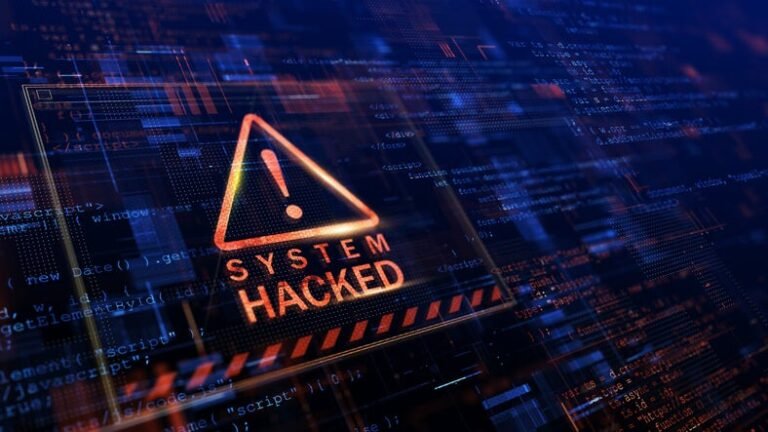A large-scale cyberattack originating from Pakistan has targeted critical Indian digital infrastructure, causing widespread disruptions. Over 2,500 surveillance cameras have been hacked, and several major websites, including that of India’s ruling Bharatiya Janata Party (BJP), have been compromised. The cyber operation, known as Operation Bunyan-un-Marsoos, also affected military, security, and power systems across India, leading to severe data breaches and service outages.
Cyberattack Hits Key Indian Websites
The cyber offensive has severely impacted Indian online platforms. Among the most notable casualties is the official BJP website, which was hacked as part of the attack. Sources confirm that several other important websites were compromised, including those of the Crime Research Investigation Agency and Mahanagar Telephone Nigam Limited (MTNL).
The hackers reportedly wiped out all content on these sites, disrupting their operations. Additionally, several other key Indian institutions, including Bharat Earth Movers Limited and the All India Naval Technical Supervisory Staff Association, were also targeted. All their data was lost, sources say.
Data Breaches at Sensitive Institutions
Several high-security Indian institutions have fallen victim to data breaches. These include Hindustan Aeronautics Limited, the Border Security Force (BSF), and the Unique Identification Authority of India. According to security sources, sensitive files from the Indian Air Force, Maharashtra Election Commission, and other regional organizations were also leaked.
The breaches have put a significant amount of confidential information at risk. Experts are concerned that such data could be exploited for strategic or military purposes.
Surveillance and Power Systems Disabled
In addition to websites and data breaches, the cyber attackers targeted India’s surveillance infrastructure. More than 2,500 surveillance cameras across the country were hacked, crippling real-time security monitoring. This attack has created serious concerns about the safety of public and private spaces in India, especially as key security operations have been disrupted.
Another significant part of the attack targeted Maharashtra’s power infrastructure. Pakistan’s cyber team reportedly hacked the Maharashtra State Electricity Transmission Company Limited (MSETCL). The hack disabled major portions of the state’s electricity supply, resulting in widespread power outages. Moreover, all commercial and domestic meter records were deleted, effectively paralyzing the state’s power system.
Strategic Cyber Front
Experts suggest that the cyberattack is part of a broader strategic digital campaign. Pakistan’s move to target India’s critical infrastructure highlights the increasing importance of cyber warfare in modern conflicts. Security sources confirm that the objective is not only to disrupt India’s technological capabilities but also to destabilize its military operations. The attack on surveillance cameras and power infrastructure underscores the growing role of digital tools in warfare.
This cyber operation is the latest in a series of escalating digital confrontations between India and Pakistan. As cyber threats continue to grow in sophistication, both countries are working to enhance their cybersecurity measures. However, the current attack demonstrates the vulnerabilities in India’s digital infrastructure and the need for stronger defenses against such attacks.
The cyberattack launched by Pakistan as part of Operation Bunyan-un-Marsoos has caused significant damage to India’s critical systems. The breach of sensitive data, disruption of surveillance cameras, and targeted attacks on the power grid have raised alarms about the security of India’s digital infrastructure. As the situation develops, Indian authorities are expected to increase efforts to bolster their cybersecurity defenses and prevent further attacks.
As cyberattacks become an increasingly common tool of warfare, governments worldwide are urged to prioritize strengthening their digital defenses. Stay informed on cybersecurity developments and the evolving role of cyber warfare in global conflicts.







